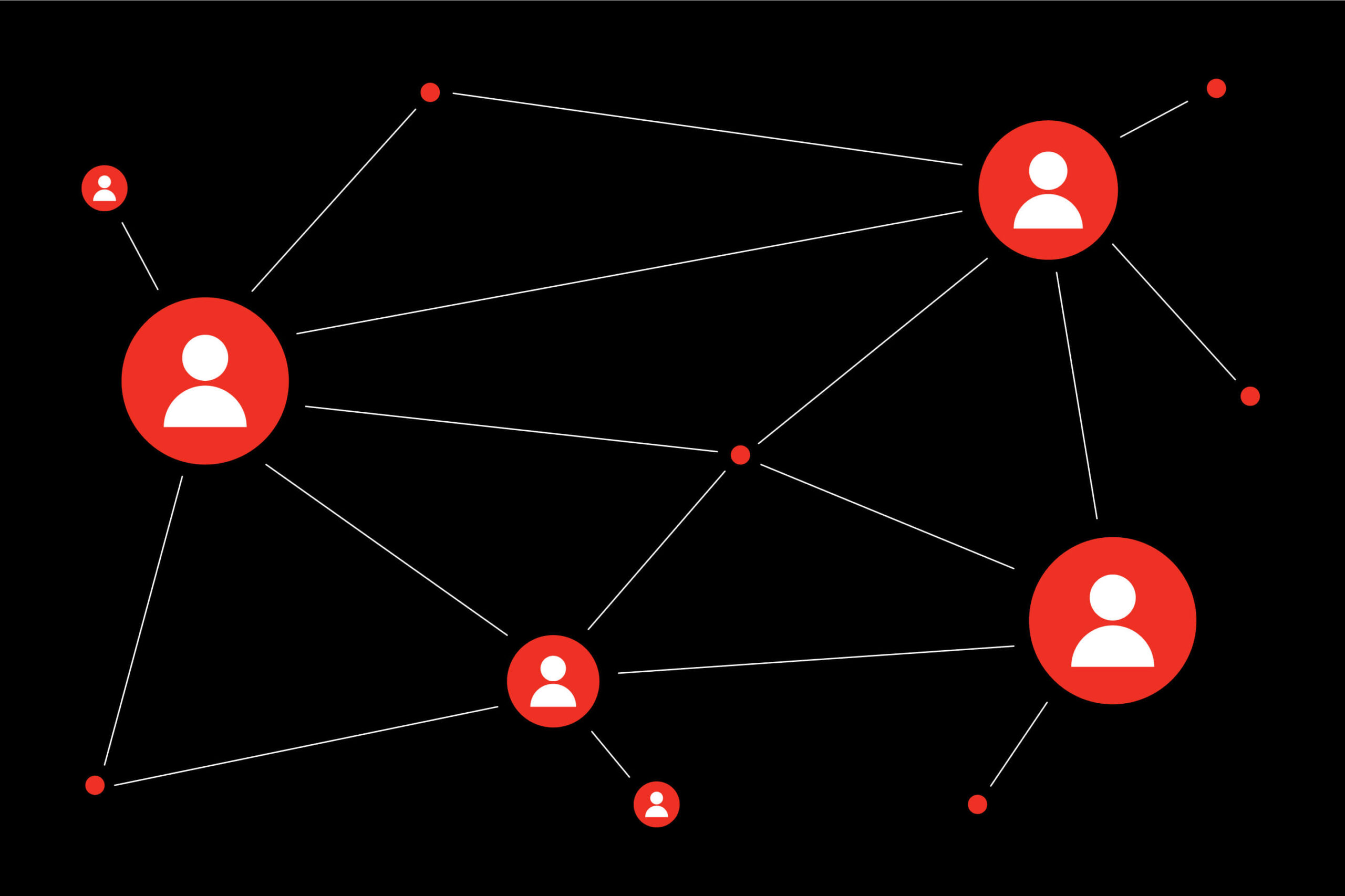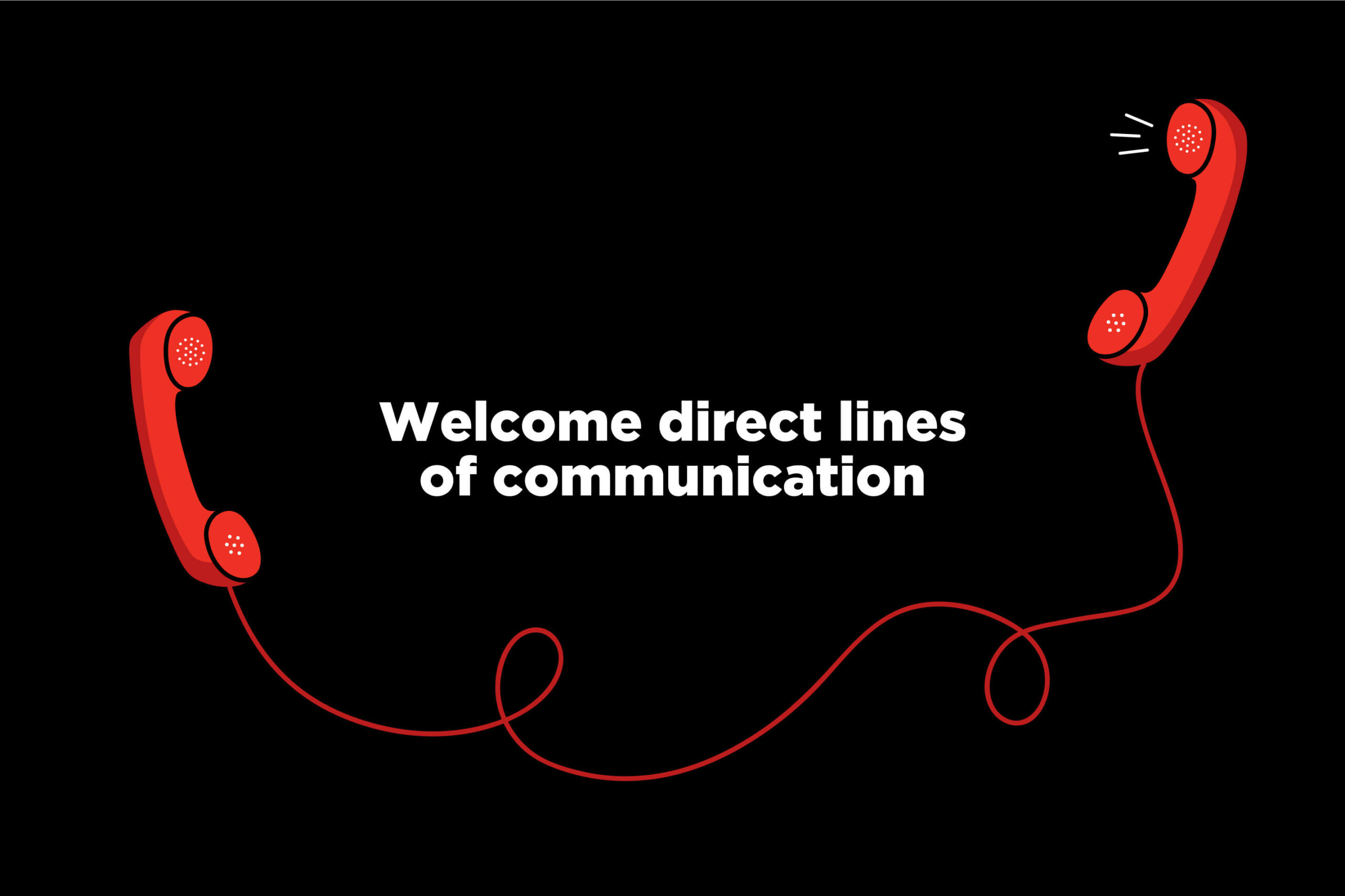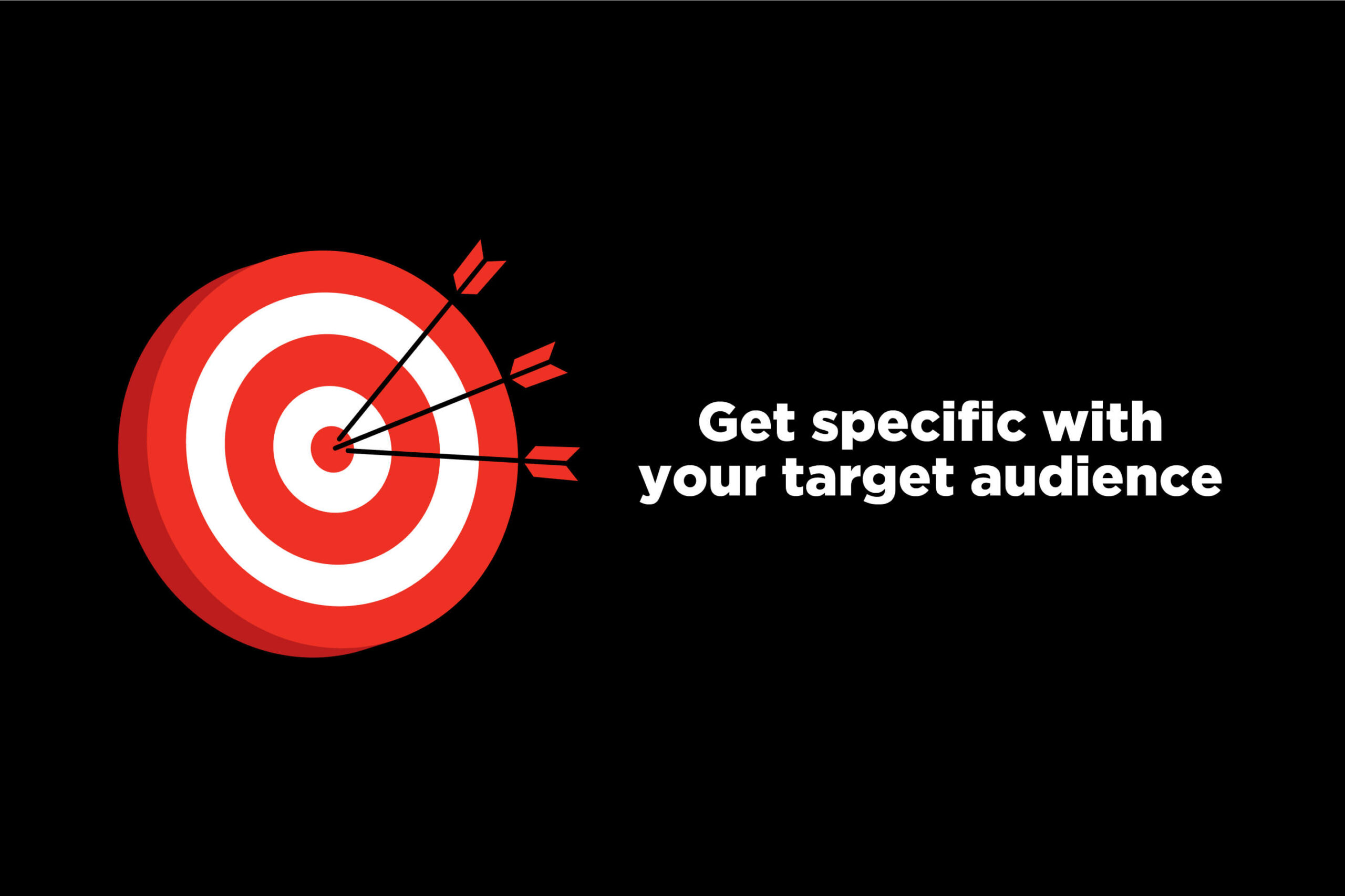
Some four in five consumers agree that even though companies have more data on them, companies do not understand them any better. Two thirds say they’d be more loyal to brands that show genuine care for who they are. Authentic connection with customers is lucrative for business, yet few brands manage to achieve it. Why? Algorithms, templates, and paid media are formulaic. Emotional connection isn’t. In order to set your brand apart, consumers need a reason to emotionally invest in your brand. Here are six tactics we use to build brands worth rallying around.
Get specific with your target audience
Try to define your audience on the basis of personality, rather than demographic attributes. Are they cooking connoisseurs, rugged outdoorsmen, or avid gardeners? Do they prefer social media or traditional marketing? Long-form text or short-form video? You won’t be able to appeal to every audience that has an interest in your brand. However, by speaking to your most dedicated customers, you can build loyalty and develop a core of enthusiasts who help build reputation, make repeat purchases, and market via word-of-mouth. Even brands that are central to their categories started with much more specific groups of early adopters. Remember to resist the urge to appeal to everyone, and refine your target audience.
Define your brand’s personality (and define what it isn’t)
In order to make your brand memorable, it needs to have a consistent and distinct personality. What does that mean, exactly? A brand’s personality is how a customer would describe that brand if it were a person. We can see a brand be personified through its messaging, advertising, design, and overall campaigns. The more unique your brand’s personality is, the more memorable it is for the audience. Therefore, you want to ensure that your brand’s personality differs from the status quo. Look at your competitors – what are their personalities? How can you make yours better and more unique?
In addition to consistency, make sure that you’ve considered simplicity. As marketers, it’s easy to overestimate the extent to which consumers care about our brands. In order to be memorable, you need to ensure that your messaging is sufficiently succinct. Focus on the most fundamental attributes of your brand, and put them at the center of your messaging. Think of Patagonia, for example. Their brand personality is unique and consistent – when people think of their brand, they think of adventure, sustainability, and being outdoors. It is paramount that a brand has a distinct personality that can differentiate it from the rest and captivate the audience’s attention.
Know your differentiators, but don’t be too rational
Emotions are a driving factor of a business’s success. Customers, after all, are only human. Psychology Today found that “when evaluating brands, consumers primarily use emotions (personal feelings and experiences), rather than information (brand attributes, features, and facts).” From a buying perspective, then, logic doesn’t affect consumers the same way emotions do. Your product or service could be superior to another, but if you don’t know how to appeal to your audience’s emotions and your competitor does, the chances are that your competitor will generate more sales. To back this claim, a study by Fast Company found that advertising campaigns with solely emotional content performed approximately twice as well as campaigns with solely rational content. Ultimately, audiences want to feel that the business that they are consuming or using is capable of having empathy and can relate to them.
Share entertaining, helpful, or unique content
Generic, repurposed content is easy to spot and does not bode well for a business. Instead, focus on making your content exciting and personal. Try not to blend in with what your competitors are putting out into the world – offer something that can’t be offered by anyone else, and then emphasize it. There’s a concept called “YOUtility,” in which helping a customer generally can mean creating a customer for life. By sharing accessible, exclusive content, you are showing the customer that you care and are willing to do whatever it takes to help them, and in return, they will become a loyal customer. Lululemon recently set the standard for customer care in social and beyond with their dupe swap, which allowed customers to exchange imitation leggings for the real deal. This was such a success because Lululemon publicly acknowledged that their customers were buying knock-offs (gasp!) and instead of scorning the behavior, they offered to show customers (for free) just why their higher-quality product is worth the price.
Seek out and act on feedback
Consumers don’t just buy your product — they use it, too. Chances are, they have an opinion on what works and what could be better. Any good relationship is a two-way street; in a brand’s case, that means listening to customers and making them feel heard. While many businesses do ask for feedback, they seldom make actual changes to cater to the needs of the customer. So, if the first step is to ask, the second is to then act on what the audience wants to be changed or improved (if feasible). This shows your audience that you care about what they have to say and makes them feel like a part of the brand, therefore nurturing the relationship between your audience and your brand.

Welcome direct lines of communication
Brands often feel closed-off to customers, in part because of dated “best-practices” regarding tone-of-voice, professionalism, and social media behaviors. Modern consumers increasingly value transparency and prefer brands that speak to them, not at them. If you are a smaller business, then this is more feasible. If not, though, there are still ways to communicate directly. Ensuring that your business has authentic and efficient communication channels – digital chat features, efficient phone and email help lines, in-person conversations – helps build a relationship with your customer. In addition, don’t count out informal channels like online forums (i.e., Reddit), chat groups (i.e., Discord), and live video (i.e., Twitch), where a representative of your brand can converse directly with your community.
There’s no foolproof method for connecting with your audience, as every brand, category, and consumer is unique. However, the key to audience engagement is putting your consumers at the core of everything you do. Instead of asking how you can capture customers’ attention, ask yourself what content your customers might genuinely care about. This list will get you started, but if you’re looking to go further, get in touch with us anytime. We’ll help you build a brand that your customers can’t resist.
